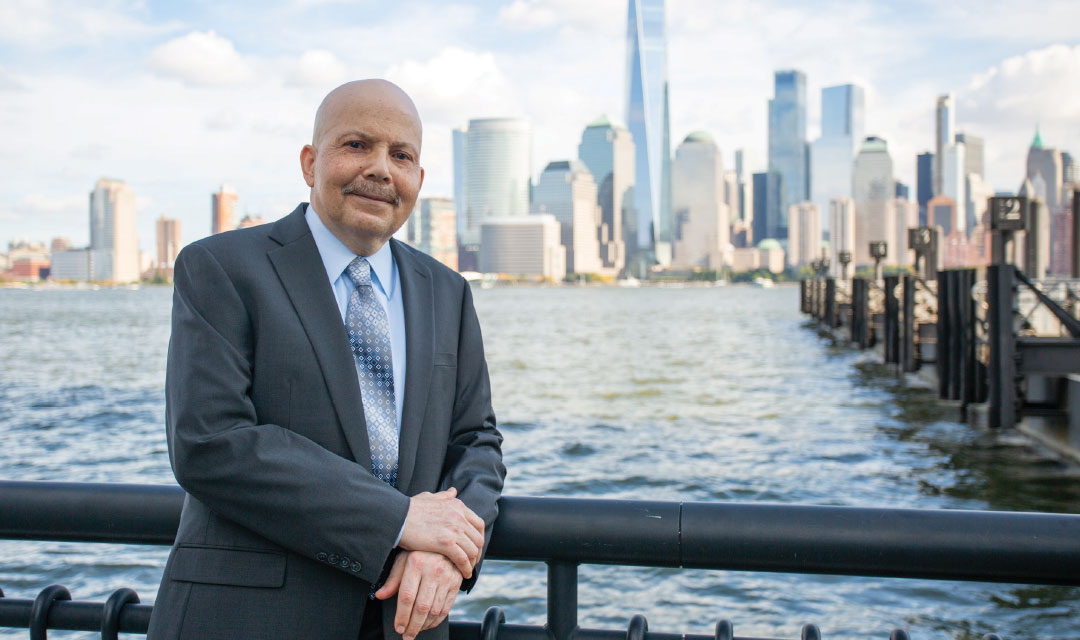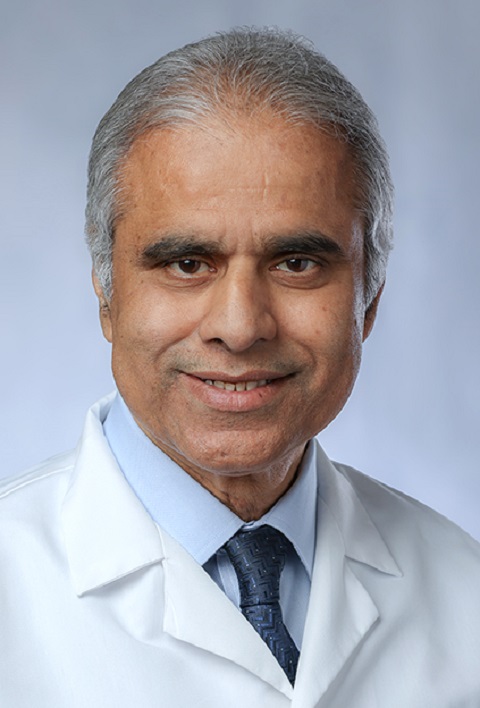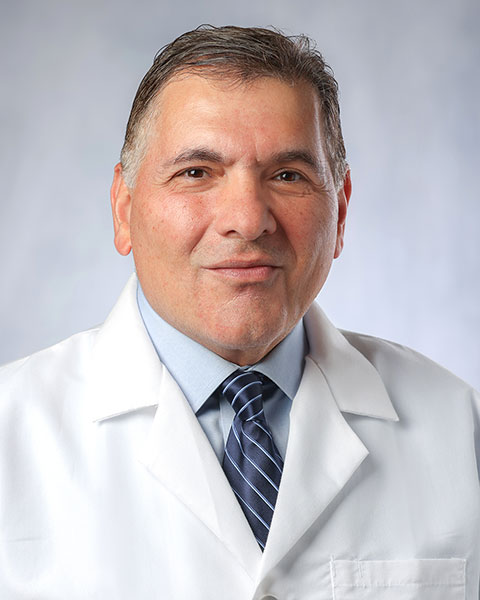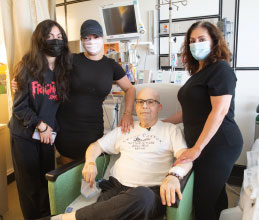“My doctors are great people—miracle workers. They cared so much and saw me in the hospital every day. It was a great team that put me all back together again.”

On Sept. 11, 2001, Tony Moyet began his workday the same way as he had for the previous five years, by transporting about 300 commuters per trip from Hoboken to the World Financial Center in Manhattan on a NY Waterway ferry.
“That morning, though, when I dropped off a set of passengers, I saw the gaping hole in the North Tower, with flames coming out of it,” Moyet recalls. “I radioed [then NY Waterway port captain] Michael McPhillips and told him to send boats down in case we needed to help people evacuate.”
That was after the first plane hit the World Trade Center. When the second one hit, crowds of people looked frantically for a way out of lower Manhattan. “We were the first boat to start evacuating,” Moyet recalls. “We were facing a stampede.”
He worked until 3 a.m. the next day, transporting people away from danger. For the next year and a half, he continued to work in the Ground Zero area, shuttling federal agents, policemen, firemen and workers from throughout the country to lower Manhattan.
Some two decades later, Moyet himself needed help. In January 2018, he sought care for what he thought was a severe cold with a cough that wouldn’t stop. “My doctor told me it was COPD [chronic obstructive pulmonary disease],” he says. Long-term lung problems are an unfortunate reality for many 9/11 first responders, who breathed in massive amounts of smoke, dust and fumes.

Anandarangam, MD
Finding A Match
Once Moyet received his COPD diagnosis, his lung function deteriorated rapidly. By spring 2020, he had developed end-stage COPD/emphysema and end-stage advanced pulmonary disease. He needed inhaled oxygen 24 hours a day; he couldn’t climb stairs or sleep without it.
“He told me, ‘Doc, I just need two more years to see my daughter graduate from high school,’” says pulmonologist Thiruvengadam Anandarangam, MD, Division Chief, Pulmonary and Critical Care Medicine at Newark Beth Israel Medical Center (NBI). “I told him that we’re hoping we can give him enough time to see her graduate and also to walk her down the aisle someday.”

Gomez-Abraham, MD
Moyet’s best hope to extend his life was a double lung transplant. “At the time, he was on 17 medications and medical management wasn’t providing any more relief,” says transplant surgeon Jesus Gomez-Abraham, MD, Associate Surgical Director of Lung Transplantation at NBI and a member of RWJBarnabas Health Medical Group.
Dr. Gomez-Abraham added Moyet to the lung transplant database on Friday, July 2. While the average lung transplant patient waits four months for a match, and even longer when a double lung transplant is required, Moyet’s care team found his match the very next day. “That was amazing— very unusual,” Dr. Anandarangam says. “He was listed on Friday. On Saturday, we found a donor in a neighboring state. I traveled there to look at the organs, and they matched Tony’s size and blood type perfectly.”
On Sunday, July 4, Dr. Gomez-Abraham performed the double lung transplant. Eighteen days later, Moyet returned home.
Breathing Easier

several days after his lifesaving lung transplant surgery.
His fast recovery, say his doctors, was driven by his determination to get better. “When I saw him just before the transplant, he was already in better shape than the last time I had seen him,” Dr. Gomez-Abraham says. “He had done what he needed to do to improve his nutrition, and was doing pulmonary rehabilitation and physical therapy to increase his chance of better results.”
Moyet credits his caregivers at NBI for their guidance and persistence. “After the transplant, I had to learn to walk and move all over again,” he says. “My nurses pushed me to keep going, even on days I didn’t want to walk. They were dressed in blue; I called them my Blue Angels. They’re the sweetest people in the world.”
Just two months after his double lung transplant, Moyet, 65, was taking walks again with his wife, Arlene, and 15-year-old daughter, Sophia. “I don’t need oxygen, and my lungs are working great,” he says. He commemorated the 20th anniversary of 9/11 by joining a group chat hosted by the World Trade Center Health Program. And he’s planning for a bright future, including a possible trip to Europe.
“My doctors are great people—miracle workers,” Moyet says. “They cared so much and saw me in the hospital every day. It was a great team that put me all back together again.”
Special Care For Serious Lung Problems
People with the most complex lung conditions rely on the Advanced Lung Disease and Transplant Program at Newark Beth Israel Medical Center (NBI), the only lung transplant program in New Jersey.
Who is a candidate for a lung transplant?
“The majority of patients have end-stage COPD and emphysema,” says Jesus Gomez-Abraham, MD. “Other possible candidates are those with cystic fibrosis or pulmonary fibrosis as well as those with certain congenital cardiac diseases.”
Candidates at NBI are evaluated through a multidisciplinary approach that includes surgeons, pulmonologists, cardiologists, gastroenterologists and others.
What is life like after a lung transplant?
“Patients will increase their lung function capacity up to 60 to 90 percent,” says Dr. Gomez-Abraham. “Once the transplant has settled in, the majority of patients do not need oxygen. They can go to the mall, go to the beach, go to the family reunion, go back to work. The lung transplantation gives them the freedom to develop a normal life.”
To learn more about lung transplant services at Newark Beth Israel Medical Center, call 888-724-7123.